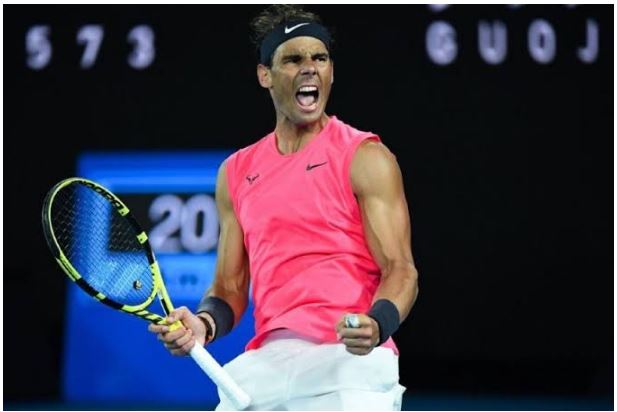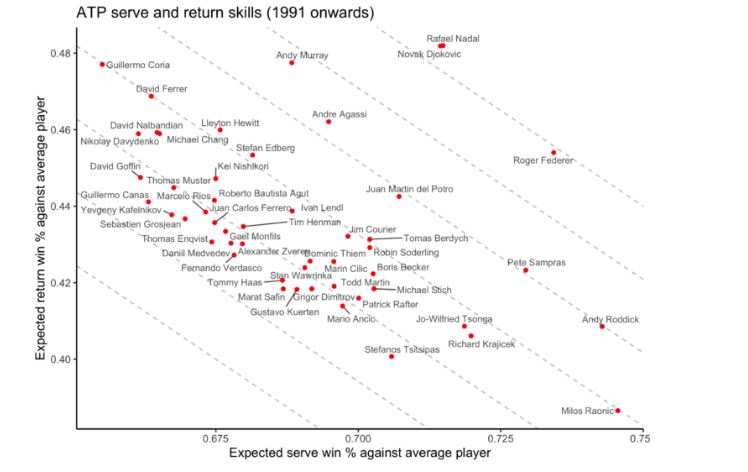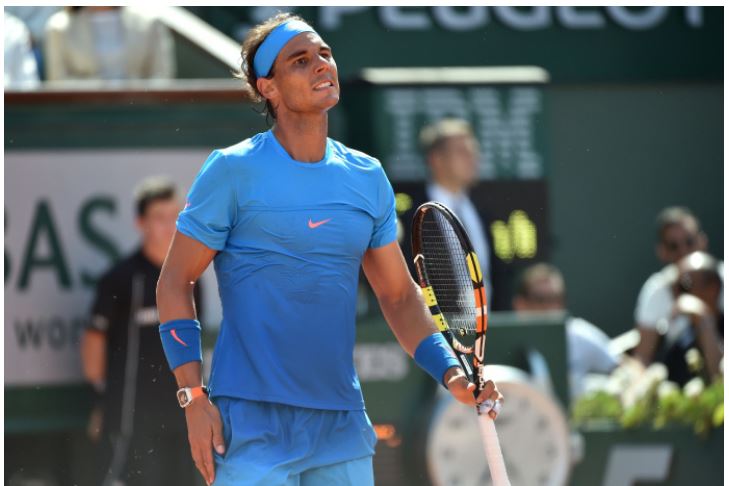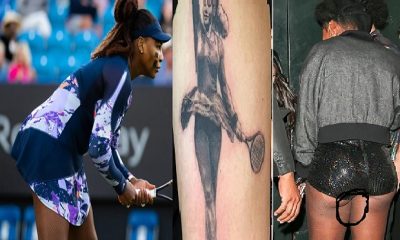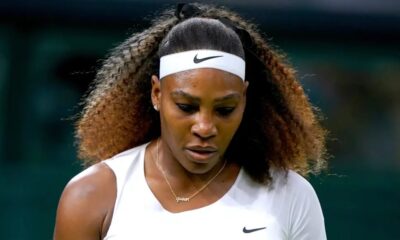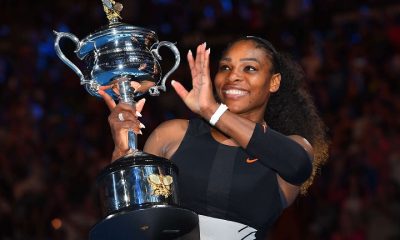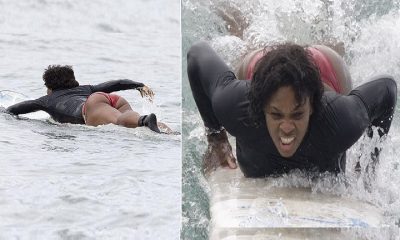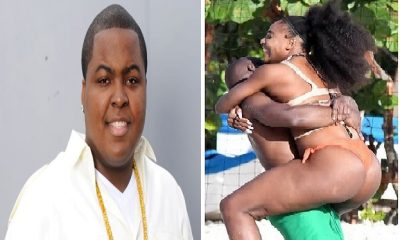Tennis
Rafael Nadal Edges Novak Djokovic and Roger Federer in Serve and Return Stats
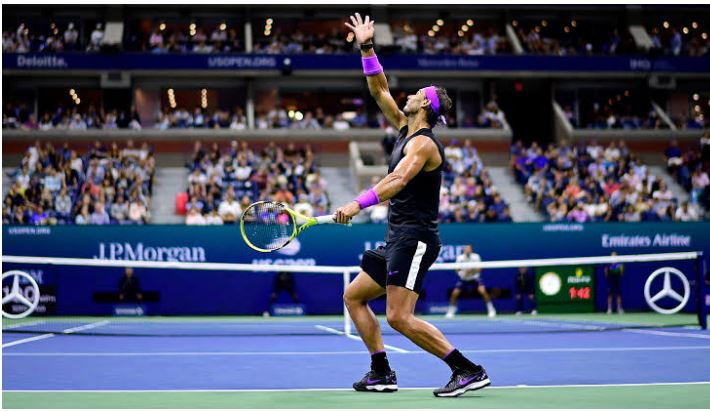
Serving and returning is undoubtedly the most crucial part of tennis. Tennis players have been spending more time in improving their serves and returns. A player needs to have a perfect combination of serve and return in order to win matches. The bottom line is if you can’t serve and if you can’t return, you cannot reach the top. Where does Roger Federer, Rafael Nadal, and Novak Djokovic stand in this statistic?
It is easy to categorize a player roughly on the basis of the serve and return skill combined. Subsequently, a Ph.D. student from the University of Melbourne Martin Ingram made a tennis model of around 50 players with the highest estimated sum of serve and return skill in the past three decades. The result of the model shows the strongest player overall from 1990.
So the question now arises, who has the strongest serve and return skill in the past three decades? Unsurprisingly, the three most accomplished players Roger Federer, Rafael Nadal and Novak Djokovic are the strongest of all with very little difference between the three.
The chart below summarizes the serve and return ratings for ATP players –
One of the limitations of the model is that it takes the sum of the serve and return skills over the entire career of a player. However, the skill of an average player may have shifted over the years. For example, Stan Wawrinka was at a peak from 2014 to 2016 and averaging out does not do justice to their ability during their peak.
Moreover, for easy comparison, the skills are converted into expected performance against an average player. The definition of an average player here describes a player with serve and return skill equal to zero.
Rafael Nadal has a slight edge
The graphical representation shows that the ‘Big Three’ are way ahead than other players. Nadal and Djokovic are almost at the same spot. The two prove to be the best returners of the game, winning around 50 percent of return points against an average player.
On the other hand, 20-time Grand Slam champion Roger Federer is a better server than his arch-rivals. However, he lags behind the two when it comes to return points won. In all the sum of serve and return skills of the ‘Big Three’ does not differ much from each other. However, Nadal has a slight edge over the two followed by Djokovic and Federer respectively.
The model also suggests that Andy Murray and Juan Martin Del Potro, who posed a challenge against the ‘Big Three’ are certainly born in the wrong era. The two have the equal sum of serve and return skill as that of Andre Agassi and Pete Sampras who clinched eight and fifteen Grand Slam titles respectively. However, Murray and Del Potro were unlucky to face the ‘Big Three’. As a result, they could manage to win less Grand Slam titles – Murray (3) and Del Potro (1).
Once again the limitation here is, Agassi and Sampras have retired and their skills might have dropped during the end of their career. On the other hand, Murray and Del Potro have not yet retired and further performances could drag down their average.
To one’s surprise, three-time Grand Slam winner Stan Wawrinka is somewhere in the middle of the graph with many players having a similar sum of serve and return skills. This clearly shows that the model does not justify his skills when he is at his peak.
It will be interesting to see if the stats of the ‘Big Three’ will be similar after the trio retires. Or will the sum of their serve and return skills drop after they hang up their racquet?

